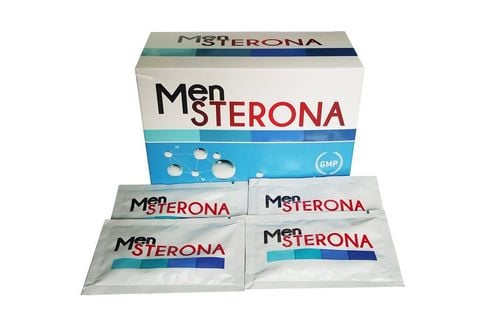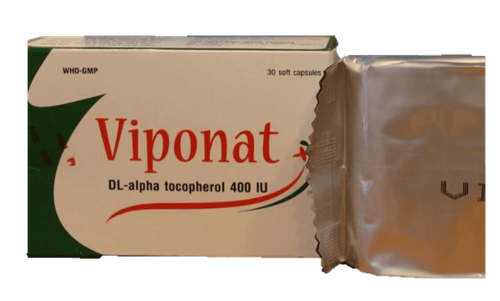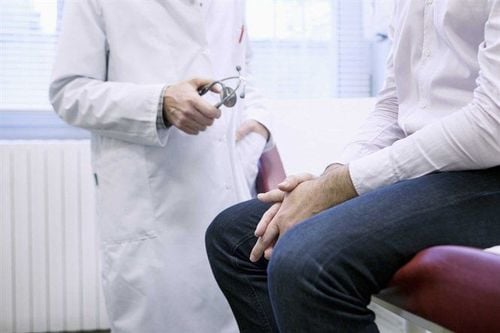This is an automatically translated article.
Varicose veins is a disease that can cause infertility if not treated properly and promptly. Laparoscopic varicocele surgery is a method to help improve sperm quality, testicular function, increase pregnancy rate in infertile couples due to varicocele, and can also reduce regional pain. scrotum due to varicose veins.
1. Indications for laparoscopic surgery for vasectomy
Not every testicular varicocele is indicated for surgery, laparoscopic testicular ligation is only indicated when:
There are clinical symptoms of testicular pain, medical treatment is not able to Clinical and subclinical testicular atrophy by ultrasound There are varicose veins with reduced sperm quality on semen analysis and infertility (in men over 17 years old and male infertility cases)
2. Contraindications for endoscopic vasectomy
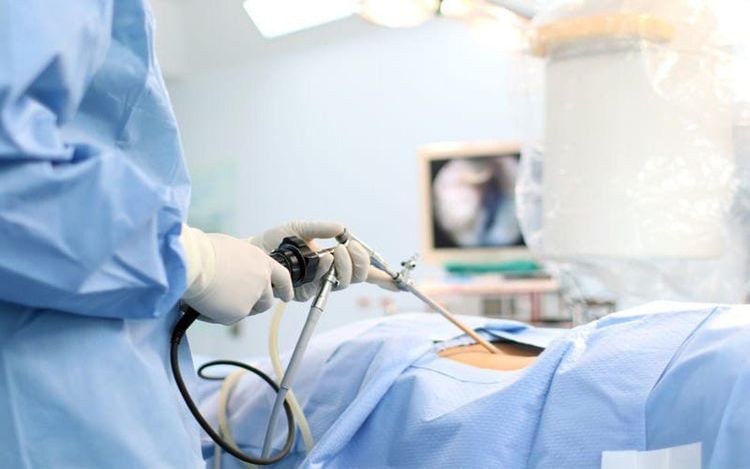
Chống chỉ định mổ nội soi thắt tĩnh mạch tinh với bệnh nhân mổ nội soi sau phúc mạc
Contraindicated laparoscopic vasectomy when:
General contraindication to laparoscopic inflatable surgery Old retroperitoneal or intra-abdominal surgery.
3. Preparing for laparoscopic vasectomy
Patients with varicocele undergoing vasectomy are carefully prepared before surgery by enema, health check, bathing and hygiene. The patient is psychologically prepared, explaining to the patient about the surgical procedure and the risk of possible complications. Simultaneous anesthesia to start laparoscopic surgery.
2.1 Conduct endoscopic vasectomy
The patient is given endotracheal or spinal anesthesia . The patient is lying on the side 90 degrees to the opposite side, with lumbar pillow. The patient lies on his side, the lower leg is bent, the upper leg is straight, there is a pillow under the fat network or the operating table is folded about 10-15 degrees. at fixed fulcrums such as head, neck, groin, knee, ankle, firmly fixed with cloth tape, can be fixed with extra large adhesive tape to the ribcage and groin with the operating table, so that it can be expanded. surgery school.
Surgeon and person behind the back of the patient. The medical staff stands at the bottom of the table, the monitor is on the patient's head facing the endoscope, to the right of the operator.
2.2 Specific steps to perform endoscopic vasectomy
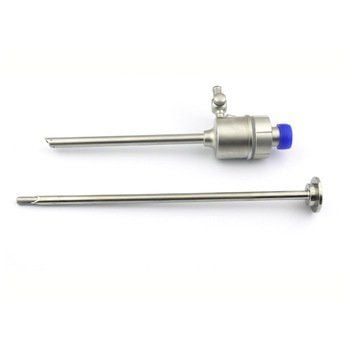
Thiết bị sử dụng thực hiện nội soi Trocar
Location of trocar: The first trocar is above the mid-axillary line just below the 12th rib head. The 2nd trocar is in the lateral wall of the paravertebral muscle layer and the lowest lower border of rib 12. The 3rd trocar is located near the anterior axillary line and about 2-3 fingers above the iliac crest. Anatomy for varicocele: Determining the lower pole of the kidney and the pelvic muscle are two important anatomical landmarks. From this anatomical landmark, it is easy to identify the ureter. The ureter is located just anterior to the pelvic floor muscles and has peristalsis. When the iliac muscle is seen, dissecting anteriorly of the iliac muscle usually reveals the ureter. In front of the ureter will be found the dilated testicular vein. Dissect the varicose veins separately from the arteries and surrounding tissues; Pair (or tie) the superior vein; The incision is made to open the vein partially through the endoscope and then ask the assistant standing outside to squeeze, release the venous blood under the scrotum to make the patient more comfortable after surgery, aspirate blood through the suction tube and monitor the blood flow through the camera lens. This is also a sure way to confirm the vas deferens; Clip or tie the vein of the lower head, below the opening to take blood and then cut the vein in half; Wipe and stop bleeding in the surgical area; Withdraw the trocar and restore the trocar hole as usual. 2.3 Monitoring and managing complications after laparoscopic vasectomy
Patients may experience complications after surgery, so they need to be monitored for timely treatment and management. Specifically, the possible complications after surgery are:
Bleeding: Due to poor hemostasis in the abdominal wall vessels or the very vein of the seminal venous system, the thread is slipped or uncertain, the patient will bleed. If there is a lot of bleeding through the drain or the incision is swollen, surgery may be necessary. There is a case where the testicular vein is not correctly identified, the wrong vein is tied up or the spermatic artery is wrong, ..., the patient must be re-interceded Lymphedema in the scrotum. need follow-up. If the effusion is large, surgical intervention is required. Recurrence: The recurrence rate is about 10-15% for laparoscopic surgery to treat varicocele The trocar hole infection needs to be changed, the correct antibiotic is used. With a system of modern medical facilities, equipment and a team of experts and doctors with many years of experience in medical examination and treatment, patients can rest assured that they will be examined and treated at the Hospital.
To register for examination and treatment at Vinmec International General Hospital, please book an appointment on the website for service.
Please dial HOTLINE for more information or register for an appointment HERE. Download MyVinmec app to make appointments faster and to manage your bookings easily.




